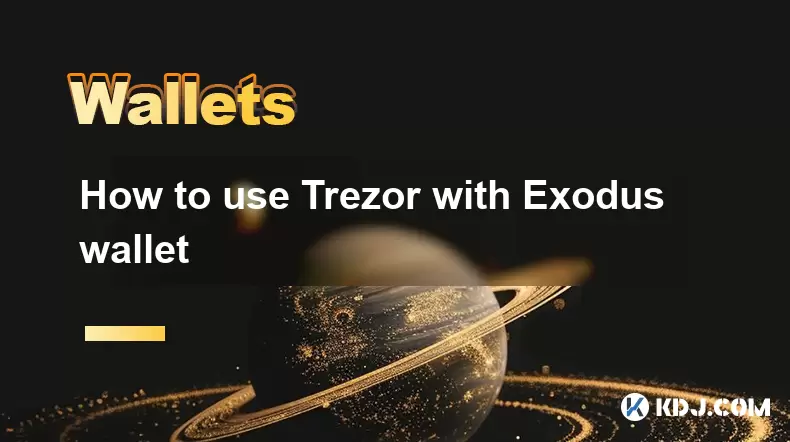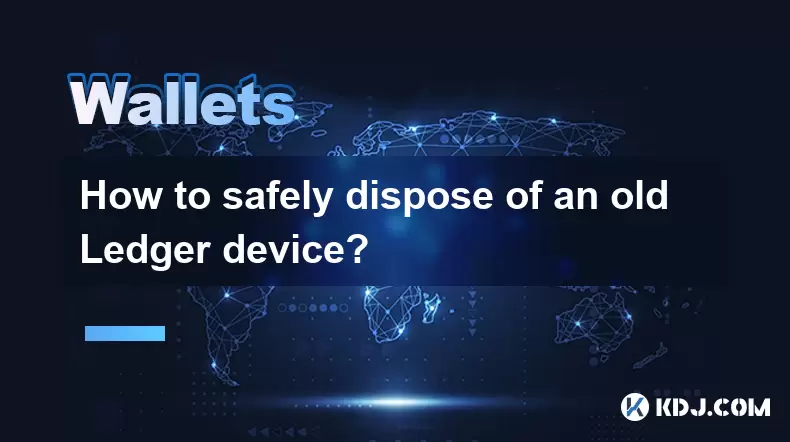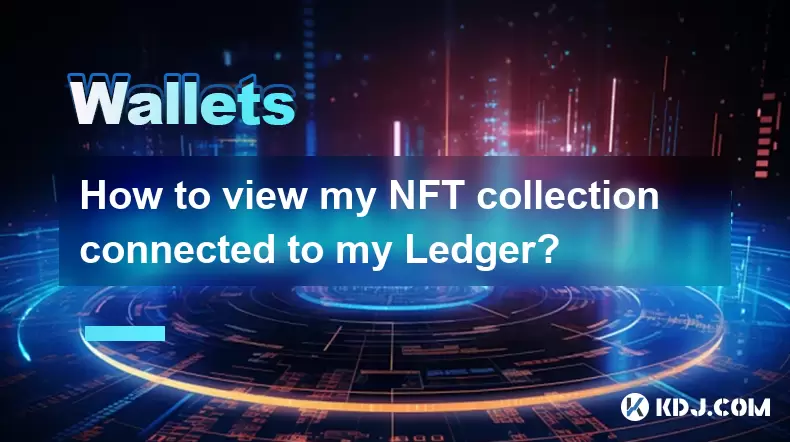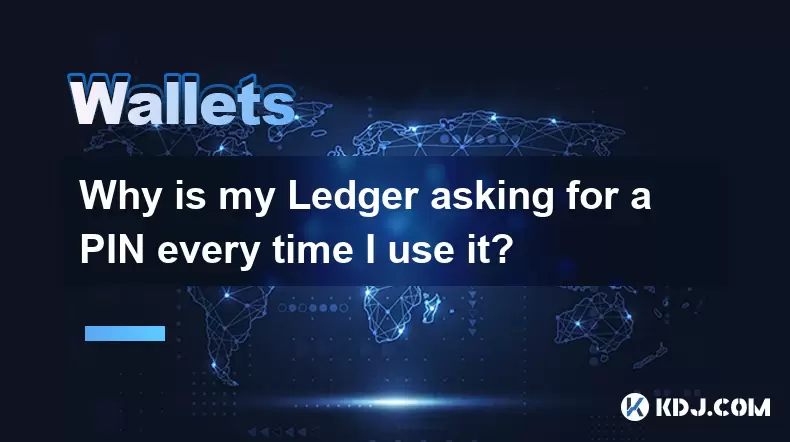-
 Bitcoin
Bitcoin $109,097.4805
1.18% -
 Ethereum
Ethereum $2,619.0872
3.68% -
 Tether USDt
Tether USDt $1.0001
0.00% -
 XRP
XRP $2.3167
0.83% -
 BNB
BNB $661.5548
0.34% -
 Solana
Solana $152.1243
1.68% -
 USDC
USDC $1.0000
0.00% -
 TRON
TRON $0.2868
0.22% -
 Dogecoin
Dogecoin $0.1713
2.65% -
 Cardano
Cardano $0.5904
2.01% -
 Hyperliquid
Hyperliquid $38.7227
-0.22% -
 Sui
Sui $2.9237
2.48% -
 Bitcoin Cash
Bitcoin Cash $502.2343
2.51% -
 Chainlink
Chainlink $13.8189
3.51% -
 UNUS SED LEO
UNUS SED LEO $9.0713
0.61% -
 Stellar
Stellar $0.2577
3.55% -
 Avalanche
Avalanche $18.3973
2.90% -
 Shiba Inu
Shiba Inu $0.0...01190
3.69% -
 Toncoin
Toncoin $2.7908
0.97% -
 Hedera
Hedera $0.1615
2.27% -
 Litecoin
Litecoin $87.4295
2.44% -
 Monero
Monero $310.3402
-2.08% -
 Polkadot
Polkadot $3.4598
2.90% -
 Dai
Dai $1.0001
0.01% -
 Ethena USDe
Ethena USDe $1.0003
0.04% -
 Bitget Token
Bitget Token $4.3123
0.75% -
 Uniswap
Uniswap $7.7548
6.56% -
 Aave
Aave $292.3175
4.12% -
 Pepe
Pepe $0.0...01023
2.94% -
 Pi
Pi $0.4613
1.06%
Coinbase two-factor authentication settings: enhancing account security
Jul 09, 2025 at 02:49 am

Understanding Two-Factor Authentication on Coinbase
Two-factor authentication (2FA) is a critical security measure that adds an additional layer of protection to your Coinbase account. In the world of cryptocurrency, where digital assets are stored online and vulnerable to theft, 2FA ensures that even if someone gains access to your password, they still cannot log in without the second form of verification. This second factor typically involves a time-based code generated by an authenticator app or sent via SMS. Enabling 2FA on Coinbase significantly reduces the risk of unauthorized access and potential loss of funds.
Why Coinbase Requires Stronger Account Security
With the rise in phishing attacks, credential leaks, and hacking attempts targeting crypto users, Coinbase has emphasized stronger account security measures for all users. The platform encourages every account holder to activate two-factor authentication as part of its broader commitment to user safety. Unlike traditional financial platforms, cryptocurrency exchanges like Coinbase deal with irreversible transactions, making it crucial to prevent unauthorized access from the outset. By enabling 2FA, users protect their wallets, trading history, and personal information from being exploited.
How to Set Up Google Authenticator for Coinbase
One of the most secure methods of enabling 2FA on Coinbase is using Google Authenticator, a time-based one-time password (TOTP) application. To begin:
- Log into your Coinbase account.
- Navigate to the Security Settings section under your account preferences.
- Locate the Two-Factor Authentication option and click "Enable."
- Select the Authenticator App method.
- Scan the QR code displayed on the screen using the Google Authenticator app.
- Enter the six-digit code generated by the app into the Coinbase interface.
- Confirm and save your recovery codes in a secure location.
This setup ensures that each login requires both your password and the dynamic code generated by Google Authenticator, which changes every 30 seconds.
Setting Up 2FA via SMS on Coinbase
For users who prefer a simpler approach, Coinbase also supports SMS-based two-factor authentication. While not as secure as an authenticator app, SMS 2FA still offers a significant improvement over single-factor login systems. Here's how to enable it:
- Sign into your Coinbase account.
- Go to the Security Settings page.
- Find the Two-Factor Authentication section.
- Choose the SMS option.
- Enter your mobile phone number.
- Wait for a verification code to be sent via text message.
- Input the code into the Coinbase interface.
- Confirm activation and store backup codes securely.
Keep in mind that SMS-based 2FA can be vulnerable to SIM-swapping attacks, so using an authenticator app is generally recommended for better security.
Managing Backup Codes and Recovery Options
In the event you lose access to your 2FA device, Coinbase provides backup codes that allow you to regain entry to your account. These should be treated with the same level of importance as your private keys or passwords. After enabling 2FA, you will be prompted to download or print these codes. It’s advisable to:
- Store them in a secure password manager.
- Keep a physical copy in a safe place.
- Avoid sharing them with anyone.
If you ever need to use a backup code, simply enter it when prompted during login instead of your usual 2FA token. Note that each backup code can only be used once, so it's essential to keep track of which ones have been used and replace them if necessary.
Frequently Asked Questions (FAQs)
Q: Can I disable 2FA after enabling it on Coinbase?
Yes, you can disable two-factor authentication at any time through your Coinbase Security Settings, but doing so increases the risk of account compromise. It is strongly advised to keep 2FA enabled for ongoing protection.
Q: What happens if I lose my phone and can’t access my 2FA app?
If you're unable to generate 2FA codes, you can use one of your backup codes to log in. If you’ve lost both your phone and backup codes, you’ll need to contact Coinbase support for assistance, though this process may take time and require identity verification.
Q: Is there a way to use multiple 2FA methods simultaneously on Coinbase?
Currently, Coinbase allows only one active 2FA method at a time. However, you can switch between methods—such as moving from SMS to an authenticator app—at any time via the Security Settings menu.
Q: Are hardware security keys supported by Coinbase for 2FA?
Yes, Coinbase supports FIDO2/WebAuthn security keys, such as YubiKey, for enhanced two-factor authentication. This is considered one of the most secure options available and can be configured alongside or instead of other 2FA methods.
Haftungsausschluss:info@kdj.com
Die bereitgestellten Informationen stellen keine Handelsberatung dar. kdj.com übernimmt keine Verantwortung für Investitionen, die auf der Grundlage der in diesem Artikel bereitgestellten Informationen getätigt werden. Kryptowährungen sind sehr volatil und es wird dringend empfohlen, nach gründlicher Recherche mit Vorsicht zu investieren!
Wenn Sie glauben, dass der auf dieser Website verwendete Inhalt Ihr Urheberrecht verletzt, kontaktieren Sie uns bitte umgehend (info@kdj.com) und wir werden ihn umgehend löschen.
-
 BANANAS31 Jetzt handeln
BANANAS31 Jetzt handeln$0.0192
27.05%
-
 LAUNCHCOIN Jetzt handeln
LAUNCHCOIN Jetzt handeln$0.1299
22.63%
-
 M Jetzt handeln
M Jetzt handeln$0.2054
21.15%
-
 HSK Jetzt handeln
HSK Jetzt handeln$0.6907
20.60%
-
 CRO Jetzt handeln
CRO Jetzt handeln$0.0953
18.04%
-
 VVS Jetzt handeln
VVS Jetzt handeln$0.0...02182
17.55%
- Blockdag punktet groß mit Sportgeschäften, während Toncoin Price hoch ist und Pepe die Prise spürt
- 2025-07-09 07:10:12
- Bitcoin, Fox Business und Knappheit: Ein wildem West Gold Rush?
- 2025-07-09 06:50:12
- Cryptos Bullish Setup: Ist Ripple (XRP) bereit für eine massive Rallye?
- 2025-07-09 06:50:12
- Tether, Crystal Intelligence und Stablecoin Aufsicht: Eine neue Ära der Transparenz?
- 2025-07-09 07:10:12
- Biosig, Gold -Tokenisierung und Finanzierung: Ein neuer Goldrausch?
- 2025-07-09 07:15:12
- Optimismus Preisvorhersage: Kann ein bullischer Rückprall Widerstand brechen?
- 2025-07-09 06:30:12
Verwandtes Wissen

Wie man Trezor mit Rabby -Brieftasche verbindet
Jul 09,2025 at 05:49am
Was ist Trezor und Rabby -Brieftasche? Trezor ist eine Hardware -Brieftasche, die von Satoshilabs entwickelt wurde, mit der Benutzer ihre Kryptowährun...

Was passiert, wenn ich meine Trezor -Passphrase vergesse
Jul 09,2025 at 03:15am
Verständnis der Rolle einer Trezor -Passphrase Wenn Sie eine Trezor -Hardware -Brieftasche verwenden, haben Sie möglicherweise eine Passphrase als zus...

Wie man Trezor mit Exodus -Brieftasche benutzt
Jul 09,2025 at 12:49am
Verbinden Sie Trezor -Hardware -Brieftasche an Exodus -Software -Brieftasche Um Trezor mit Exodus -Brieftasche zu verwenden, müssen Benutzer die Hardw...

Wie entsorgen Sie sich sicher ein altes Ledger -Gerät?
Jul 09,2025 at 06:57am
Verständnis der Risiken der Entsorgung eines Ledger -Geräts Wenn Sie sich entscheiden , ein altes Ledger -Gerät zu entsorgen , ist es wichtig zu verst...

Wie kann ich meine NFT -Kollektion betrachten, die mit meinem Hauptbuch verbunden ist?
Jul 09,2025 at 07:35am
NFTs und Ledger -Brieftaschenintegration verstehen Nicht-fungibele Token (NFTs) sind zu einer beliebten Möglichkeit geworden, die Eigentümer digitaler...

Warum fragt mein Hauptbuch jedes Mal, wenn ich es benutze, um eine PIN?
Jul 08,2025 at 11:21pm
Verständnis des Zwecks des PINs auf Ihrem Hauptbuchgerät Der PIN (Personalidentifikationsnummer) ist eine entscheidende Sicherheitsfunktion, die in je...

Wie man Trezor mit Rabby -Brieftasche verbindet
Jul 09,2025 at 05:49am
Was ist Trezor und Rabby -Brieftasche? Trezor ist eine Hardware -Brieftasche, die von Satoshilabs entwickelt wurde, mit der Benutzer ihre Kryptowährun...

Was passiert, wenn ich meine Trezor -Passphrase vergesse
Jul 09,2025 at 03:15am
Verständnis der Rolle einer Trezor -Passphrase Wenn Sie eine Trezor -Hardware -Brieftasche verwenden, haben Sie möglicherweise eine Passphrase als zus...

Wie man Trezor mit Exodus -Brieftasche benutzt
Jul 09,2025 at 12:49am
Verbinden Sie Trezor -Hardware -Brieftasche an Exodus -Software -Brieftasche Um Trezor mit Exodus -Brieftasche zu verwenden, müssen Benutzer die Hardw...

Wie entsorgen Sie sich sicher ein altes Ledger -Gerät?
Jul 09,2025 at 06:57am
Verständnis der Risiken der Entsorgung eines Ledger -Geräts Wenn Sie sich entscheiden , ein altes Ledger -Gerät zu entsorgen , ist es wichtig zu verst...

Wie kann ich meine NFT -Kollektion betrachten, die mit meinem Hauptbuch verbunden ist?
Jul 09,2025 at 07:35am
NFTs und Ledger -Brieftaschenintegration verstehen Nicht-fungibele Token (NFTs) sind zu einer beliebten Möglichkeit geworden, die Eigentümer digitaler...

Warum fragt mein Hauptbuch jedes Mal, wenn ich es benutze, um eine PIN?
Jul 08,2025 at 11:21pm
Verständnis des Zwecks des PINs auf Ihrem Hauptbuchgerät Der PIN (Personalidentifikationsnummer) ist eine entscheidende Sicherheitsfunktion, die in je...
Alle Artikel ansehen

























































































